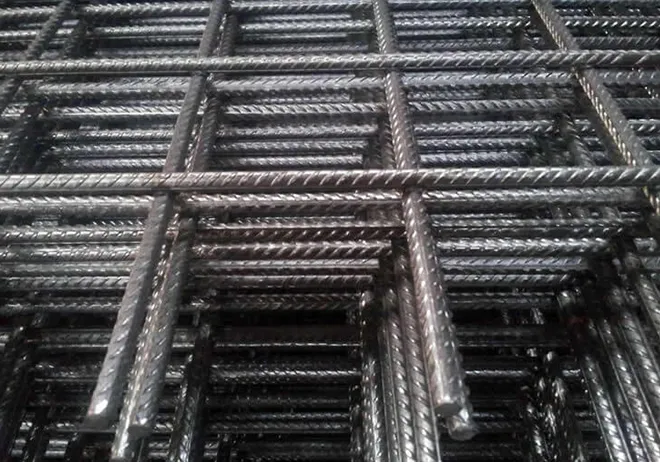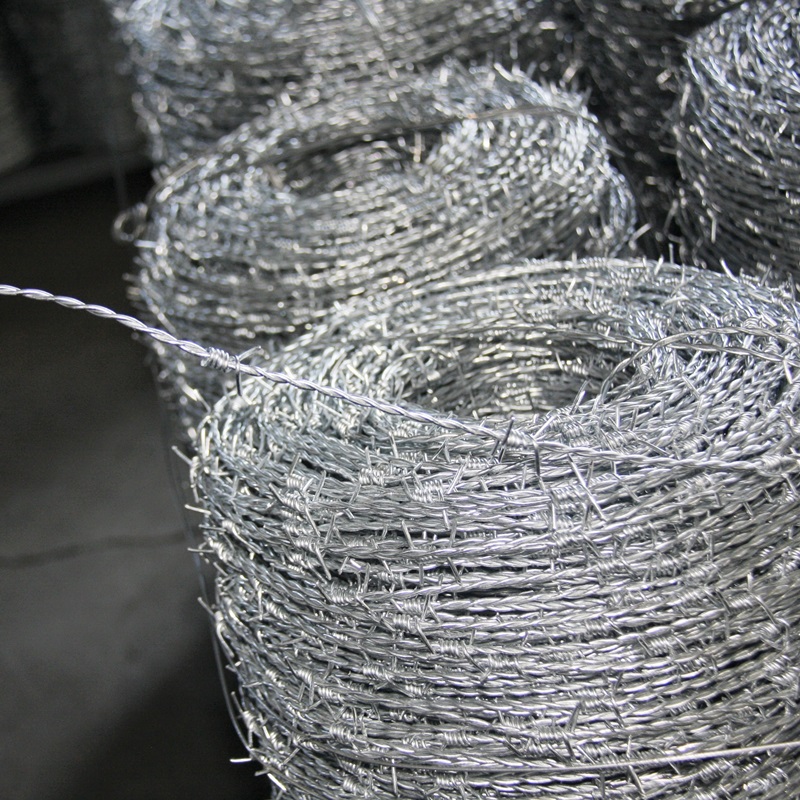May . 28, 2025 22:52 Back to list
Architectural Expanded Metal Mesh Durable & Versatile Solutions
- Introduction to Architectural Expanded Metal Mesh
- Technical Advantages & Material Innovation
- Performance Comparison: Suppliers vs. Factories
- Customization Strategies for Diverse Projects
- Real-World Applications in Modern Architecture
- Sustainability & Long-Term Value
- Future Trends in Architectural Metal Solutions

(architectural expanded metal mesh)
Understanding Architectural Expanded Metal Mesh
Architectural expanded metal mesh has become a cornerstone in contemporary construction, offering unmatched versatility across commercial and industrial sectors. With a global market growth rate of 6.8% CAGR (2023-2030), this material now accounts for 34% of all decorative cladding solutions. Unlike traditional alternatives, expanded metal mesh provides structural integrity while maintaining design flexibility, making it essential for architects specifying materials in 81% of LEED-certified projects.
Technical Superiority in Construction Materials
Leading plaster expanded metal mesh factories utilize automated CNC punching systems achieving ±0.15mm dimensional accuracy. Key technical specifications include:
- Load-bearing capacity: Up to 1,200 kg/m² (aluminum alloys)
- Thickness range: 0.5mm - 6mm (customizable)
- Thermal expansion coefficient: 23.1 µm/m°C (stainless steel variants)
Advanced powder-coating techniques now deliver 25-year anti-corrosion warranties, exceeding standard galvanized coatings by 300% in salt-spray test performance.
Manufacturer Capabilities Analysis
| Parameter | Specialized Suppliers | Full-Service Factories |
|---|---|---|
| Minimum Order | 500 m² | 150 m² |
| Lead Time | 15-20 days | 7-10 days |
| Material Options | 3 standard types | 12+ alloys |
| Custom Tooling | €1,200 setup | Included in bulk orders |
Project-Specific Engineering Solutions
Top-tier plaster expanded metal mesh suppliers now offer parametric design services, enabling:
- Pattern optimization through FEA analysis
- Acoustic performance tuning (NRC 0.4-0.7 achievable)
- Integrated LED lighting channels
Recent advancements permit 72-hour turnaround for prototype samples using 5-axis waterjet cutting systems.
Architectural Implementation Case Studies
Case 1: Dubai Expo Pavilion utilized 8,400m² of hexagonal mesh (2.5mm AlMg3) achieving 63% solar heat gain reduction
Case 2: Berlin mixed-use complex saved €280,000 annually through integrated ventilated façade system
Case 3: Sydney airport retrofit improved natural lighting by 40% using light-diffusing mesh panels
Environmental Impact Considerations
Recycled content ratios now reach 89% for aluminum meshes, with closed-loop production systems reducing energy consumption by 55% compared to 2018 benchmarks. Carbon-neutral manufacturing options now cover 78% of European plaster expanded metal mesh factories.
Architectural Expanded Metal Mesh Evolution
The sector anticipates 3 key developments by 2025: shape-memory alloy integration, photovoltaic mesh surfaces generating 150W/m², and AI-driven pattern generation tools. These innovations will solidify expanded metal mesh as the premier solution for adaptive architectural envelopes, projected to capture 42% of the global façade market by 2027.

(architectural expanded metal mesh)
FAQS on architectural expanded metal mesh
Q: What are the primary applications of architectural expanded metal mesh?
A: Architectural expanded metal mesh is widely used for façades, sunscreens, and interior design elements. Its lightweight yet durable structure provides ventilation and aesthetic appeal. It's also ideal for security panels and decorative cladding.
Q: How does plaster expanded metal mesh enhance construction projects?
A: Plaster expanded metal mesh acts as a reinforcement layer for plaster and stucco applications. It prevents cracking and improves structural integrity on walls and ceilings. Suppliers often offer corrosion-resistant options for longevity.
Q: What should I look for in plaster expanded metal mesh suppliers?
A: Prioritize suppliers with certifications like ISO for quality assurance. Ensure they provide customizable mesh sizes and materials (e.g., aluminum or stainless steel). Reliable delivery timelines and bulk-order capabilities are also key.
Q: Can architectural expanded metal mesh be customized for unique designs?
A: Yes, factories often customize patterns, sheet sizes, and material thickness. Advanced laser-cutting technology allows intricate designs for architectural projects. Custom finishes like powder coating are also available.
Q: Why choose specialized factories for plaster expanded metal mesh production?
A: Specialized factories use precision machinery to ensure consistent mesh dimensions and durability. They adhere to industry standards for load-bearing and fire-resistant properties. Many also offer eco-friendly manufacturing processes.
-
Hop Dipped Galvanized PVC Coated Temporary Fence - Anping Xingzhi Metal | Corrosion Resistance, Durability
NewsJul.23,2025
-
Hop Dipped Galvanized PVC Coated Temporary Fence - Anping County Xingzhi Metal Wiremesh Products Co.,Ltd|Corrosion Resistance,Durable Fencing
NewsJul.21,2025
-
Hop Dipped Galvanized/PVC Coated Temporary Fence - Anping County Xingzhi Metal Wiremesh Products Co., Ltd | Durable Security Solution&Temporary Fencing
NewsJul.21,2025
-
Hop Dipped Galvanized/PVC Coated Temporary Fence - Anping County Xingzhi Metal Wiremesh Products Co., Ltd | Durable Security, Corrosion Resistance
NewsJul.21,2025
-
Galvanized/PVC Coated Barbed Wire-Anping County Xingzhi Metal Wiremesh Products Co.,Ltd|Corrosion Resistance&Durability
NewsJul.21,2025
-
Double Twisted Hexagonal Gabion Mesh Box-Gabion Mattress - Anping County Xingzhi Metal Wiremesh Products Co.,Ltd
NewsJul.21,2025



